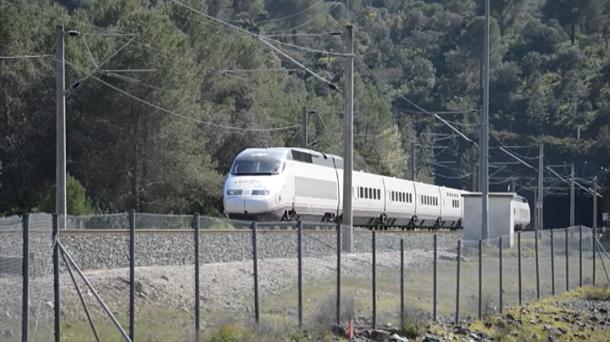The large ebb in the groundwater was overcome two years ago in the lower Austria. But the dry winter already arouses bad premonitions – rightly?
The rain of the last few days is important for the flowering nature, but for the time being it is just the proverbial drop on the hot stone. Because the water shortage of a dry winter could not make up for the previous rainfall in the spring. And with a view to the fact that no raindrops fell out of the air for weeks, in particular residents of the Viennese swimming pool, have photos of dry tart ponds in mind again.
Raised
At the time, the groundwater had reached a historic low point in 2022 and 2023. Föhrensee, Anemansensee and Acherse near Wiener Neustadt transformed into dusty gravel wells, fountains fell dry, as well as the well -known Myrafalls in the Piesting Valley. “The groundwater level, however, has risen by seven meters last fall,” Günther Konheisner, deputy head of the Water Management department of the country: “We are currently holding a medium position.”
Groundwater trend vice versa
But the graduate engineer confirms: “This trend is reversed due to the low rainfall.” In the meantime, the groundwater level has again fallen by a maximum of one meter. When the tendency of low rainfall continues, Konheisner expects a steady decrease in the underground water level by half a meter per month. And in the first quarter of this year, the average quantities in the long term will remain in the rainy quantities. Konheisner reports 50 millimeters in the Weinviertel and even 35 millimeters in the industrial district. In both regions, however, it must be around 80 to 90 millimeters in a “normal year”.
Weinviertel is the most dry
The expert calls the Noord -Weinviertel the driest region in the wide country. This is due to the loamy sandy soils. Tapy-bottoms with small-scale water deposits dominate in the forest and the Mostelviertel. “Individual fountains can dry out in drought, but there are no problems,” Konheisner explains the consequences. Marchfeld and Wiener Becken are characterized by gravel in the underground, which causes high fluctuations in the groundwater level.
No (water) care in the summer
If the current rainfall stays out, the groundwater can go downhill in these regions again. To the north of the Danube, the Marchfeld canal compensates. But in the industrial district? Can you expect the turning of lakes again after the dry winter? “Nobody has to worry about this summer,” says Günther Konheisener: “Such a development takes two to three years.”
Source: Krone
I am Wallace Jones, an experienced journalist. I specialize in writing for the world section of Today Times Live. With over a decade of experience, I have developed an eye for detail when it comes to reporting on local and global stories. My passion lies in uncovering the truth through my investigative skills and creating thought-provoking content that resonates with readers worldwide.



